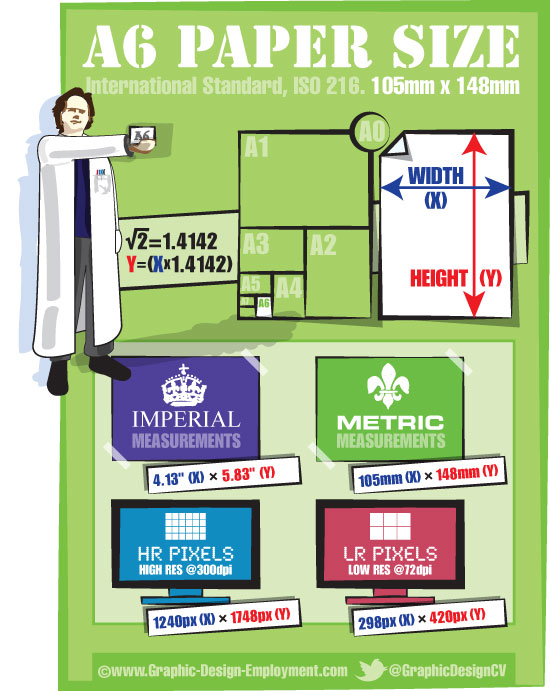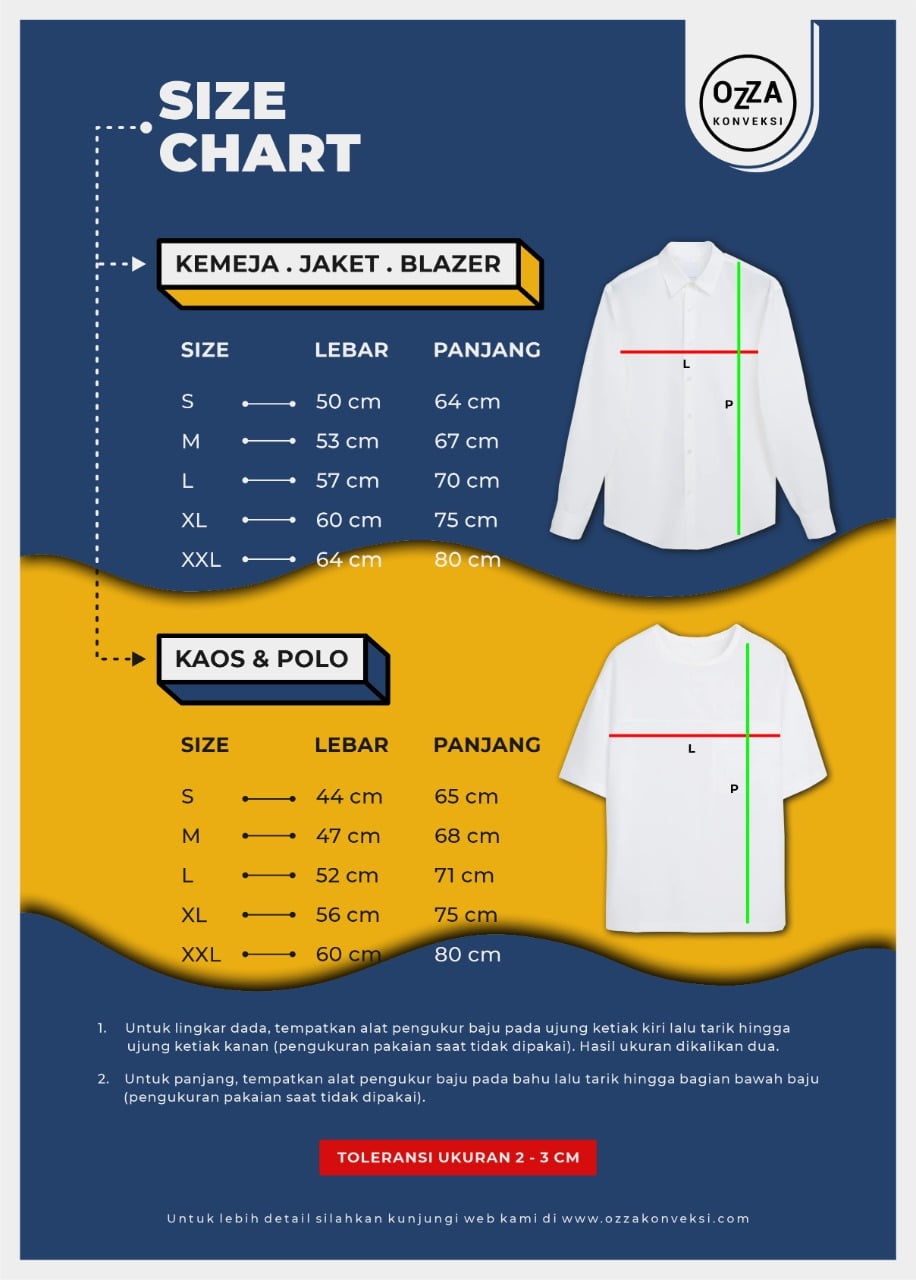The safety and efficacy of romiplostim have been evaluated for up to 3 years of continuous treatment. In clinical trials, treatment with romiplostim resulted in dose-dependent increases in platelet count. Time to reach the maximum effect on platelet count is approximately days, and is independent of the dose. After a single subcutaneous dose of 1 to 10 mcg/kg romiplostim in ITP patients, the peak platelet count was 1.3 to 14.9 times greater than the baseline platelet count over a 2 to 3 weeks period and the response was variable among patients. The platelet counts of ITP patients who received 6 weekly doses of 1 or 3 mcg/kg of romiplostim were within the range of 50 to 450 × 109/L for most patients. Of the 271 patients who received romiplostim in ITP clinical trials, 55 (20%) were age 65 and over, and 27 (10%) were 75 and over.
No overall differences in safety or efficacy have been observed between older and younger patients in the placebo-controlled studies. The preparation of medications for multiple doses (e.g., bulk preparation) ideally requires full sterile compounding of the product. Bags containing the manufacturer's base solution contain a variable amount of overfill, and specific concentrations of drugs can be prepared only by starting with an empty bag or other container.
Keep in mind that an error occurring early in the process (e.g., during medication reconstitution) may have an impact on the dose of medication received by multiple patients. Therefore, pharmacies that prepare IV medications intended for multiple doses should proactively evaluate their processes and take necessary precautions to mitigate identified risks. A significantly higher proportion of patients receiving romiplostim achieved a durable platelet response compared to patients receiving placebo in both studies. Following the first 4-weeks of study romiplostim maintained platelet counts ≥ 50 x 109/L in between 50% to 70% of patients during the 6 months treatment period in the placebo-controlled studies.
In the placebo group, 0% to 7% of patients were able achieve a platelet count response during the 6 months of treatment. Variables related to other processes with medication use can also affect the actual dose delivered to the patient. Further, nurses who recognize that overfill might be present in a pharmacy-prepared infusion bag or bottle have often misunderstood the "extra" solution as a pharmacy accommodation for the amount of drug lost in the tubing. Thus, the 20–25 mL of solution in pump tubing sets, which may account for a significant portion of the total dose, will not be received because the bag would not be completely infused. Variables related to other processes with medication use can also affect the actual dose delivered to the patient . Thus, the 20 to 25 mL of solution in pump tubing sets, which may account for a significant portion of the total dose, will not be received because the bag would not be completely infused.
A group purchasing organization contracted with a new compounding pharmacy to provide cyclophosphamide and gemcitabine solutions to hospitals. These drugs were used as part of regimens to treat various solid tumor malignancies, lymphoma, and leukemia in adults and children. A discrepancy in labeling on a gemcitabine preparation between the previous supplier and the new supplier led a hospital pharmacist to ask the compounding pharmacy for clarification. It then became apparent that there was a misunderstanding about how the compounded solutions were being used by the hospitals.
The new compounding pharmacy thought that each full bag of gemcitabine and cyclophosphamide contained a single dose to be administered to a single patient. However, the hospitals were using each bag as a multidose product, apportioning the medication from a single bag among several patients. Believing each bag was a single dose, the compounding pharmacy did not account for the volume of overfill in the bag when labeling the concentration of the prepared product. Although the full dose in each bag was listed on the label, the actual concentration of the drug in each bag was lower than stated due to overfill in the normal saline bags used to dilute the medication. The best estimate is that the average actual cyclophosphamide concentration was 10% lower than stated on the label, and the average actual gemcitabine concentration was 7% lower than stated on the label.
A group purchasing organization had recently contracted with a new compounding pharmacy to provide cyclophosphamide and gemcitabine solutions to hospitals. These drugs were used as part of regimens to treat various solid tumor malignancies, lymphoma, and leukemia in both adults and children. The new compounding pharmacy thought each full bag of gemcitabine and cyclophosphamide contained a single dose to be administered to a single patient.
While the full dose in each bag was listed on the label, the actual concentration of the drug in each bag was lower than stated due to overfill in the normal saline bags used to dilute the medication. Study S8 was a phase 3, long-term, single-arm, open-label, multicentre study conducted in 203 paediatric patients with ITP diagnosed for at least 6 months and who received at least 1 prior ITP therapy or were ineligible for other ITP therapies. Romiplostim was administered weekly by subcutaneous injection starting at a dose of 1 mcg/kg with weekly increments to a maximum dose of 10 mcg/kg to reach a target platelet count between 50 x 109/L and 200 x 109/L. The median age of the patients was 10 years and the median duration of treatment were 155.9 (range, 8.0 to 163.0) weeks.
With the first 3 practitioner-based methods, the total dose of the medication is known, but the concentration cannot be calculated accurately because the volume of overfill of the base solution is not exactly known but can only be estimated. The final container should not be labeled with a specific concentration per mL because of the unknowns. The pharmacist may or may not add more drug to offset the overfill volume. These bags should only be labeled with the total amount of drug in the container and the total estimated volume. Only with method 4 can the concentration be accurately calculated and added to the pharmacy label.
The prescribed medication is added to a manufacturer's base solution container, such as 0.9% sodium chloride, in an intravenous bag without concern for overfill. This is typically used for the admixture of intermittently administered solutions when the entire bag is intended to be infused to a single patient over a short time (e.g., 30 minutes). This is typically used for the admixture of intermittently administered solutions when the entire bag is intended to be infused to a single patient over a short time . This method may also be used to prepare medications administered via continuous infusion when the slight difference in per mL concentration may not be as important because the effect of the medication is being continuously monitored .
How To Calculate Overfill Volume Thus, the mL of solution in pump tubing sets, which may account for a significant portion of the total dose, will not be received because the bag would not be completely infused. The prescribed medication is added to a manufacturer's base solution container, such as 0.9% sodium chloride, in an IV bag without concern for overfill. During preparation of infusions, the 10% rule is used by some hospitals to determine whether fluid should be removed from the bulk solution container prior to the addition of the medication. The rule suggests that if the volume of the additive medication is more than 10% of the volume listed on the bulk solution container , the volume of the additive, and sometimes the volume of the overfill, will be removed.
Unless starting with an empty bag , the 10% rule is often applied to all admixtures except small-volume intermittent solutions such as antibiotics or other products with manufacturer-specified preparation procedures. Whatever method is chosen, it is critical to be consistent within your organization. The 10% rule is used by some hospitals during the preparation of infusions to determine whether fluid should be removed from the bulk solution container prior to the addition of the medication.
Unless starting with an empty bag , the 10% rule is often applied to all admixtures, except small volume intermittent solutions such as antibiotics or other products with manufacturer-specified preparation procedures. Unless starting with an empty bag , the 10% rule is often applied to all admixtures except small volume intermittent solutions such as antibiotics or other products with manufacturer-specified preparation procedures. Premix IVs offer distinct advantages over manual admixtures, including increased sterility assurance, quality control, bar code safety, extended shelf life, and can provide optimal bag sizes. After performing a comprehensive pharmacoeconomic analysis, an institution can realize the financial, objective, and subjective benefits of adding the premix product to the institution's formulary. Sterile manual admixture of IV infusions exists within pharmacy as conventionally manufactured products are not available for all medications.
The mean and median percentage of time with a platelet response (platelet count ≥ 50 x 109/L) within the first 6 months of initiation of romiplostim without rescue medication use for the past 4 weeks was 50.57% (37.01) and 50.0%, respectively. Rescue medications (i.e., corticosteroids, platelet transfusions, IVIG, azathioprine, anti-D immunoglobulin, and danazol) were permitted. B Overall platelet response is defined as achieving durable or transient platelet responses.
Transient platelet response was defined as weekly platelet count ≥ 50 x 109/L for 4 or more times during study weeks 2-25 but without durable platelet response. Patient may not have a weekly response within 8 weeks after receiving any rescue medicinal products. Based on an analysis of all adult ITP patients receiving romiplostim in 4 controlled and 5 uncontrolled clinical trials, the overall subject incidence of all adverse reactions for romiplostim-treated subjects was 91.5% (248/271). The mean duration of exposure to romiplostim in this study population was 50 weeks. In adult clinical studies of treatment with romiplostim in patients with MDS, cases of transient increases in blast cell counts were observed and cases of MDS disease progression to AML were reported. Of the cases of MDS disease progression to AML that were observed, patients with RAEB-1 classification of MDS at baseline were more likely to have disease progression to AML compared to lower risk MDS.
Health care organizations must develop standardized preparation methods appropriate for various clinical situations. When doing this, it is important to balance the benefits of process changes against additional risks that such changes may present. In particular, changes that increase the manipulation of products or the complexity of processes can pose new risks that outweigh the benefit of added dosing accuracy. There is no single, standard method appropriate for all infusions in all hospitals, particularly given the variability in environmental conditions, staff expertise, and technology among hospitals. However, consider the following points when designing processes in your hospital for admixture and sterile compounding. Health care organizations must develop standardized preparation methods that are appropriate for various clinical situations.
Healthcare organizations must develop standardized preparation methods appropriate for various clinical situations. Twenty-one non-splenectomised and 18 splenectomised patients received on-study ITP medical treatments at the start of study. All (100%) splenectomised patients who were receiving romiplostim were able to reduce the dose by more than 25% or discontinue the concurrent ITP medical therapies by the end of the treatment period compared to 17% of placebo treated patients. C Number of weeks with platelet response is defined as number of weeks with platelet counts ≥ 50 x 109/L during study weeks 2-25. A subject's actual body weight at initiation of therapy should be used to calculate dose.
The once weekly dose of romiplostim should be increased by increments of 1 mcg/kg until the patient achieves a platelet count ≥ 50 x 109/L. Platelet counts should be assessed weekly until a stable platelet count (≥ 50 x 109/L for at least 4 weeks without dose adjustment) has been achieved. Platelet counts should be assessed monthly thereafter and appropriate dose adjustments made as per the dose adjustment table in order to maintain platelet counts within the recommended range. In practice, there are several different practitioner- and manufacturer-based preparation methods.
The preparation method used affects the total volume and concentration of the final product. In practice, there are several different practitioner-based and manufacturer-based preparation methods. This guidance clarifies FDA requirements and regulations pertaining to allowable excess volume in injectable vials and reinforces the importance of appropriate fill volumes and labeled vial fill sizes for injectable drug and biological products. Initial reconstitution of romiplostim with designated volumes of sterile water for injections results in a concentration of 500 mcg/mL in all vial sizes. If the calculated individual patient dose is less than 23 mcg (see section 4.2), an additional dilution step to 125 mcg/mL with preservative-free, sterile, sodium chloride 9 mg/mL (0.9%) solution for injection is required to ensure accurate volume .
Usually, there is a slight overfilling in small volume injectable drug products, especially for biological active ingredients, in order to guarantee the excess volume. In its actual FDA Guidance for Industry "Allowable Excess Volume and Labelled Vial Fill Size in Injectable Drug and Biological Products" finalised for 24 June 2015 the FDA clarifies its point of view and the corresponding requirements. The guidance for industry only refers to drugs in ampules or vials that are intended for injection. A volume of the base solution equal to the volume of the medication to be added to the container is withdrawn from the manufacturer's container, without concern about overfill. The medication is then added to the remaining volume in the container. This method is typically used when the volume of medication to be added is large relative to the size of the base solution container.
For example, before adding 150 mL of sodium bicarbonate from a syringe or vial to a 1,000-mL bag of dextrose 5%, a volume of 150 mL of the base solution is withdrawn from the bag and discarded. A medication for parenteral use is manufactured in large quantities to a specific concentration (eg, mg/mL). The required volume of this solution, in addition to the overfill containing the medication at the same concentration, is added to an empty parenteral container. This method is used for commonly manufactured premixed solutions approved by the US Food and Drug Administration . With this method, the medication concentration in the container at the time of manufacture is the same as the concentration on the label. However, the final product contains more volume than the label indicates due to overfill.
For example, an IV bag of gentamicin labeled as containing 80 mg/100 mL contains the labeled 80 mg and another 4 mg of the drug in the 5 mL of overfill. For example, before adding 150 mL of sodium bicarbonate from a syringe or vial to a 1,000 mL bag of dextrose 5%, a volume of 150 mL of the base solution is withdrawn from the bag and discarded. This guidance is being issued consistent with FDA's good guidance practices regulation (21 CFR 10.115). The guidance represents the current thinking of FDA on allowable excess fill volume and labeled vial fill size for injectable drug and biological products packaged in vials and ampules. It does not establish any rights for any person and is not binding on FDA or the public. You can use an alternative approach if it satisfies the requirements of the applicable statutes and regulations.
Pharmacokinetic data of romiplostim were collected from two studies in 21 paediatric subjects with ITP. In study S6 , romiplostim concentrations were available from 17 subjects at doses ranging from 1 to 10 mcg/kg. In Study S7 , intensive romiplostim concentrations were available from 4 subjects (2 at 7 mcg/kg and 2 at 9 mcg/kg). Serum concentrations of romiplostim in paediatrics with ITP were within the range observed in adult ITP subjects receiving the same dose range of romiplostim. Similar to adults with ITP, romiplostim pharmacokinetics are highly variable in paediatric subjects with ITP and are not reliable and predictive.
However, the data are insufficient to draw any meaningful conclusion relating to the impact of dose and age on the pharmacokinetics of romiplostim. D Rescue therapies defined as any therapy administered to raise platelet counts. Patients requiring rescue medicinal products were not considered for durable platelet response. Rescue therapies allowed in the study were IVIG, platelet transfusions, anti-D immunoglobulin, and corticosteroids.
In paediatric studies, the incidence of binding antibodies to romiplostim at any time was 9.6% (27/282). Of the 27 subjects, 2 subjects had pre-existing binding non-neutralising romiplostim antibodies at baseline. Additionally, 2.8% (8/282) developed neutralising antibodies to romiplostim.
A total of 3.9% (11/282) subjects had binding antibodies to TPO at any time during romiplostim treatment. Of these 11 subjects, 2 subjects had pre-existing binding non-neutralising antibodies to TPO. One subject (0.35%) had a weakly positive postbaseline result for neutralising antibodies against TPO while on study (consistently negative for anti-romiplostim antibodies) with a negative result at baseline. The subject showed a transient antibody response for neutralising antibodies against TPO, with a negative result at the subject's last timepoint tested within the study period. After reconstitution of the powder, Nplate solution for injection is administered subcutaneously. Caution should be used during preparation of Nplate in calculating the dose and reconstitution with the correct volume of sterile water for injection.
If the calculated individual patient dose is less than 23 mcg, dilution with preservative-free, sterile, sodium chloride 9 mg/mL (0.9%) solution for injection is required to ensure accurate dosing (see section 6.6). Special care should be taken to ensure that the appropriate volume of Nplate is withdrawn from the vial for subcutaneous administration – a syringe with graduations of 0.01 mL should be used. A volume of the base solution equal to the sum of the volume of the medication to be added to the container and the estimated volume of overfill is withdrawn from the manufacturer's container. Choose the most appropriate method of preparing each medication infusion according to whether or not the volume is critical.
Start by developing a list to identify medications and situations for which added accuracy in dose or concentration is needed and the level of accuracy required. This list will help determine which preparation method should be used for specific drugs. Also, obtain a list of overfill amounts of commonly used products from vendors for reference as necessary. Although a commercially available bag or bottle of parenteral solution may be labeled to contain 25, 50, 100, 250, 500, or 1,000 mL, the actual volume is larger because it contains overfill. The containers may be permeable to oxygen and experience a loss of water to some extent, depending on the storage conditions, specific contents, permeability of the container, and ratio of fluid volume to the container surface area. Thus, there is some variability in the targeted amount of overfill specified by each manufacturer in each bag, as well as variability in the contents of any bag at any point in time.
Despite this variability, vendors of solutions can provide customers with a targeted amount and range of overfill in each of their products. Nplate 500 micrograms powder for solution for injection should be reconstituted with 1.2 mL sterile water for injections, yielding a deliverable volume of 1 mL. An additional overfill is included in each vial to ensure that 500 mcg of romiplostim can be delivered .
Nplate 250 micrograms powder for solution for injection should be reconstituted with 0.72 mL sterile water for injections, yielding a deliverable volume of 0.5 mL. An additional overfill is included in each vial to ensure that 250 mcg of romiplostim can be delivered . Nplate 125 micrograms powder for solution for injection should be reconstituted with 0.44 mL sterile water for injections, yielding a deliverable volume of 0.25 mL. An additional overfill is included in each vial to ensure that 125 mcg of romiplostim can be delivered .













































